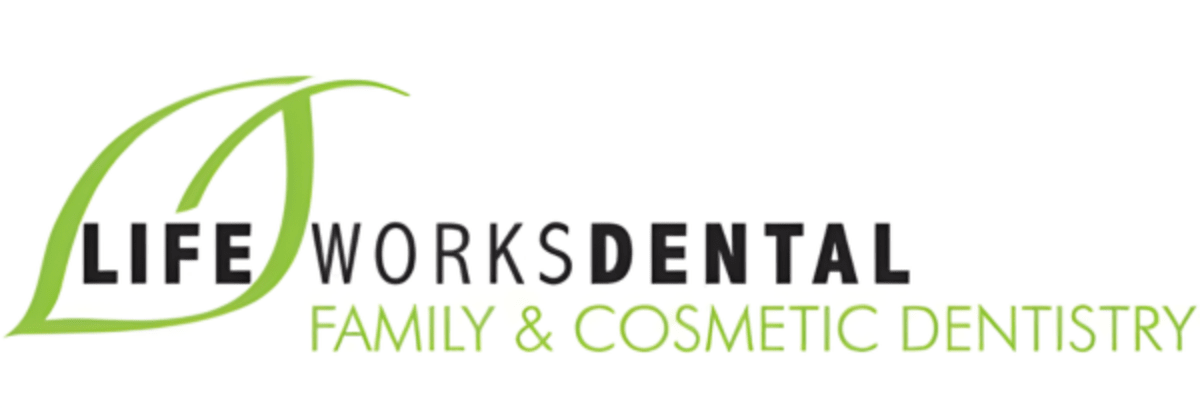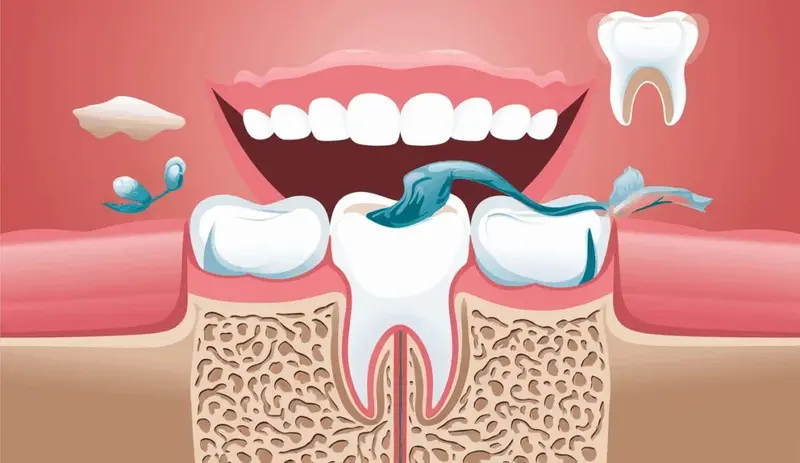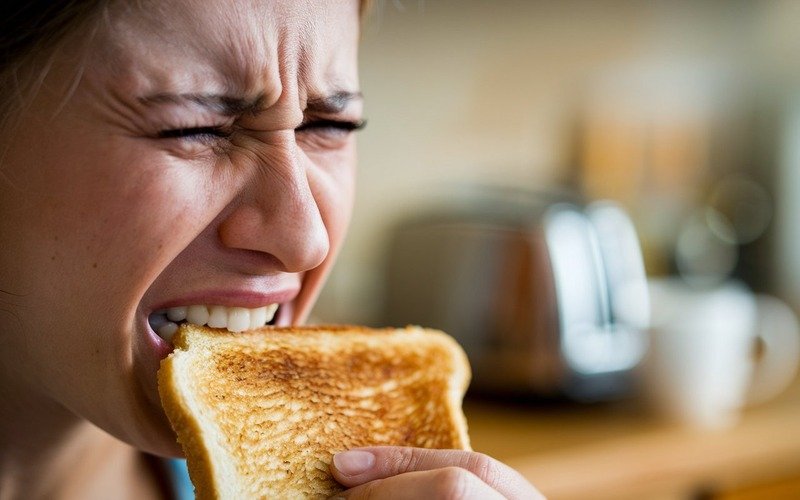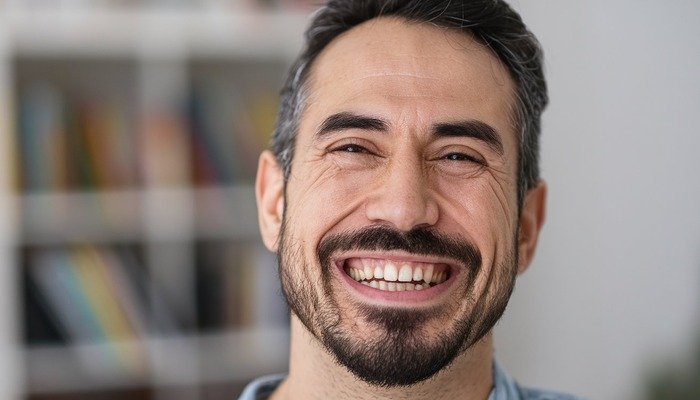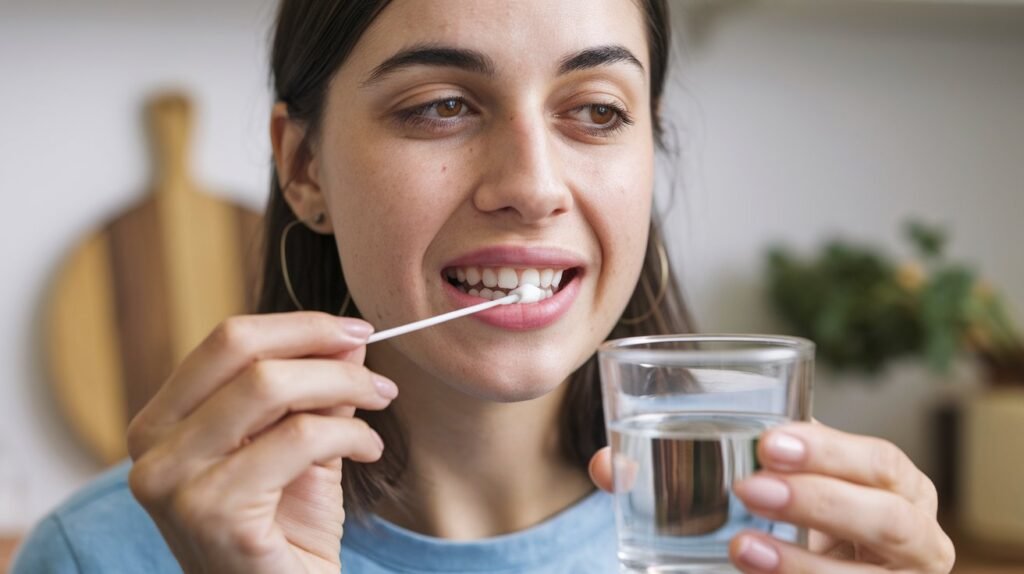
You’re sitting in the dentist’s chair, mouth wide open, and hearing those dreaded words: “You’ve got a cavity.” Your heart sinks. Another expensive procedure, another chunk of time wasted, another reminder that your teeth are basically betraying you.
But then you remember something your health-conscious friend mentioned about healing cavities naturally – could that actually be a thing? Good news: There’s hope.
While dentists might roll their eyes, scientific research suggests that early-stage cavities might be reversible. This guide will break down exactly what works, what doesn’t, and how your everyday choices can potentially save your teeth – and your wallet.
What Exactly Is a Cavity? (More Than Just a Hole)
Let’s break down the medical jargon and discuss cavities in everyday language. A cavity isn’t just some random hole in your tooth-it’s a progressive breakdown that starts way before you can even see it. Picture your tooth like a fortress that’s continually under siege from microscopic enemies called bacteria.
These tiny miscreants adore sugar and love acidic foods, creating a tooth-eroding environment that slowly dissolves your tooth’s protective enamel.
Cavities seem like problems that appear suddenly, but they’re actually slow-motion disasters. They start with tiny demineralized spots where bacteria have begun to weaken your tooth’s natural armor.
What begins as a soft, almost imperceptible spot can, if untreated, grow into a gaping hole that you would definitely notice. The crazy part? Your mouth is trying to fight cavities off the whole time through a process called remineralization.
Your Mouth’s Natural Healing Superpowers
Most individuals don’t understand this: your teeth aren’t merely immobile masses of calcium. They are structures that live and breathe and possess phenomenal self-repairing abilities. Your mouth has a secret healing mechanism called remineralization.
This is where minerals-calcium, phosphate, and others-work to restore weakened enamel. It’s a tiny construction crew that you can’t see but that operates around the clock to keep your teeth safe and functional.
The catch? The early stages of tooth damage are the best time for this healing process to occur. Saliva carries the crucial minerals needed to repair the tooth in its most-damaged spots, and it does so only when teeth are kept bathed in an acceptable oral pH inside a well-hydrated mouth.
This means your body is capable of reaching a state well beyond “not falling apart”-your teeth have a chance to heal as long as you keep them hydrated, mineralized, and at a proper pH.
You May Like: How often should you actually floss? (Doctor’s Guide)
Diet: Your Secret Weapon Against Tooth Decay
What does this mean for your everyday eating habits? Foods are not equal when it comes to benefiting dental health. When it comes to good dental health, your mouth’s best mineral friends are calcium and phosphorus.
Enamel is mostly made of these minerals, and it’s not just your teeth that benefit—research has shown a significant link between calcium intake and bone density, which affects the underlying structures that hold your teeth in place.
Conversely, sweet and sour foods are like sending an invitation to cavity-causing bacteria. Frequent munching, especially on highly processed foods, creates a situation where your mouth is in a constant acid profile that is completely at odds with being healthy and it is constantly undermining your dental defenses.
Stopping this from happening involves eating fewer of these offending foods and replacing them with something much healthier. A couple of easy switches can make a huge difference. For more detailed advice, check out LifeWorks Dental’s preventive care tips.
Oral Hygiene Tricks Dentists Don’t Always Tell You
It’s not just what you do; it’s how you do it. There’s a reason dentists have you practice the motions when you first get braces. They want you to use the same, effective technique after the braces come off.
The reason is simple: It’s hard enough to keep teeth clean and free of cavities when you’re scrubbing and prodding in the right way. When you do them in the wrong way, you’re not getting the return on investment that you think you are.
Think of your brushing routine as a meticulous military operation: you want complete coverage, with minimal collateral damage and a well-timed strategy.
Achieving this involves some key moves: Brushing right after eating acidic foods; using a soft-bristled brush; and taking your sweet time, which in this case is about two minutes, should all be part of your effective oral care routine. Need a professional consultation? Visit our office location to get personalized advice.
When Natural Methods WON’T Cut It: Red Flags to Watch
Let us be clear: some cavity situations call for professional intervention. Serious warning signs include persistent tooth sensitivity or gaping holes, and also when you experience pain while eating foods that are hot or cold. Early cavities might be reversible; advanced decay needs a dentist’s expertise.
If you observe ongoing white or brown splotches on your teeth, newfound sensitivity, or any alterations in the texture of your teeth, don’t procrastinate. These might be signs that tooth decay has advanced beyond what your mouth can naturally repair. And remember, a tiny problem today can turn into a “fill the cavity” big-deal dental event tomorrow.
Your mouth isn’t just a random body part – it’s a living, breathing ecosystem. By understanding how cavities develop and making smart daily choices, you might just save yourself serious dental drama.
Remember: prevention is always cheaper and easier than repair. Want to take control of your dental health? Start with what’s on your plate and in your daily routine. Your future self (and wallet) will thank you.
